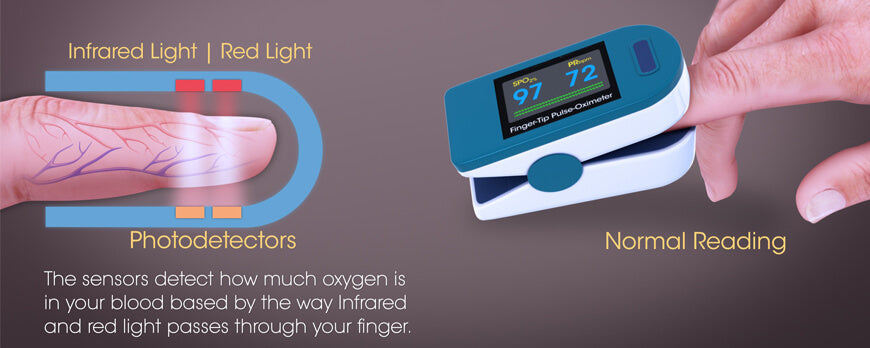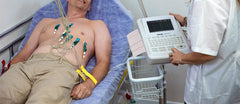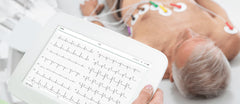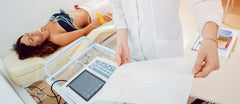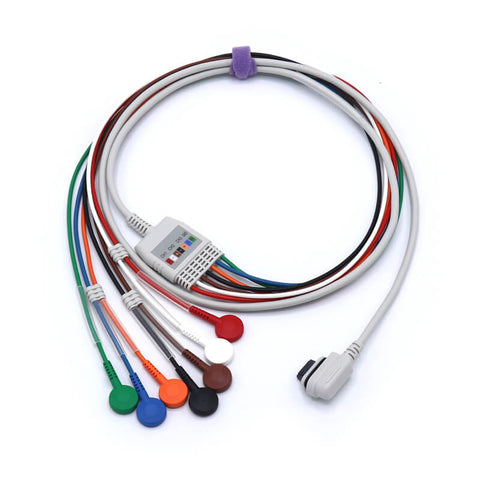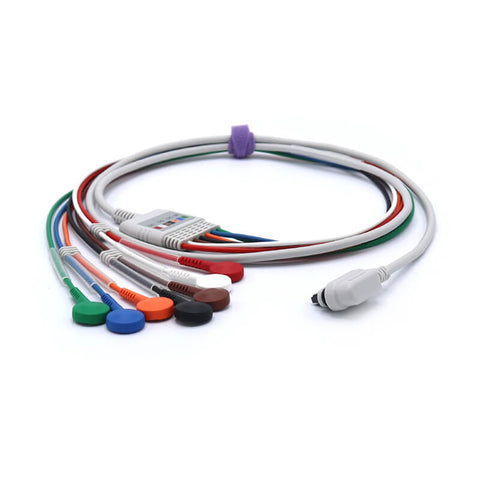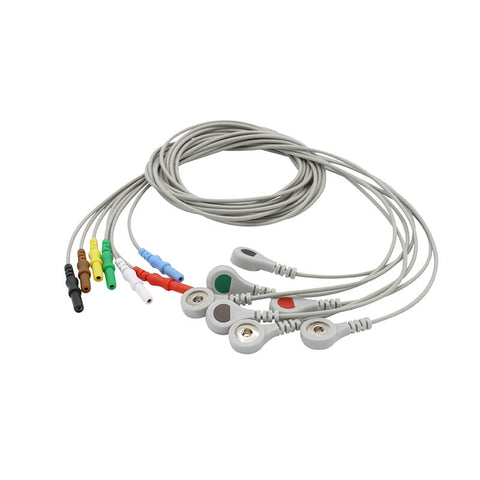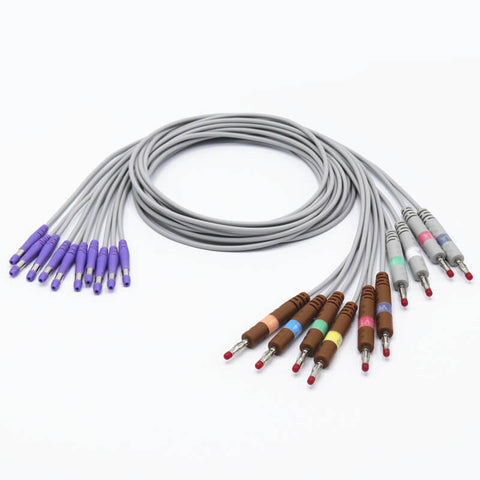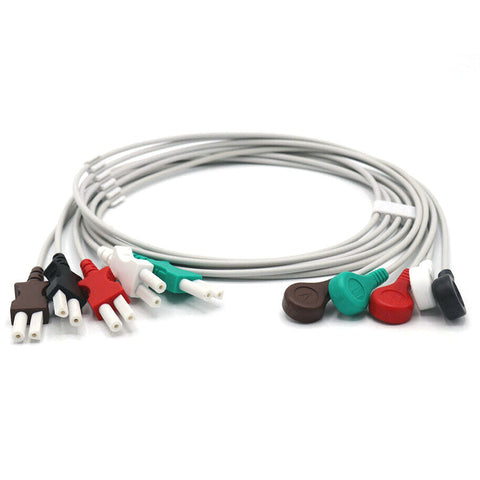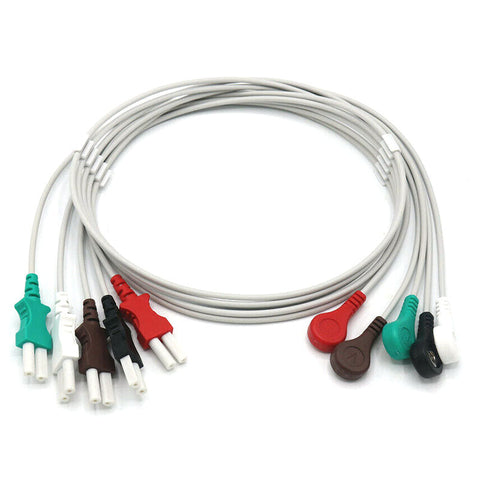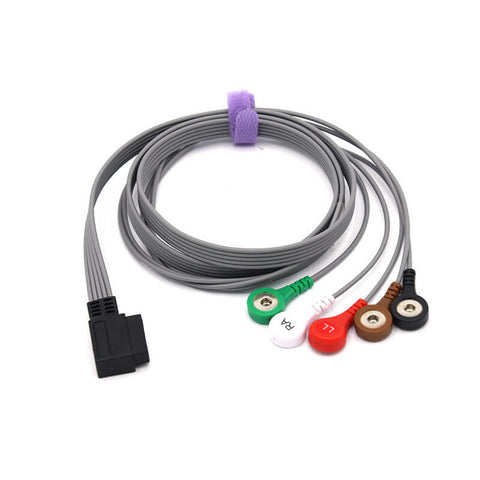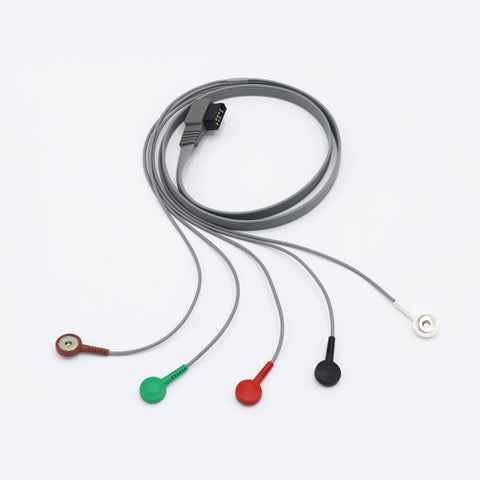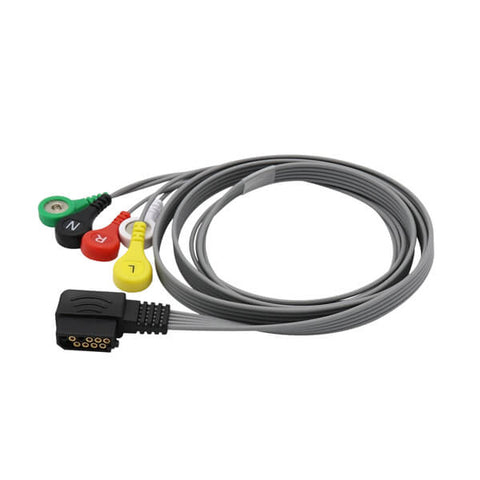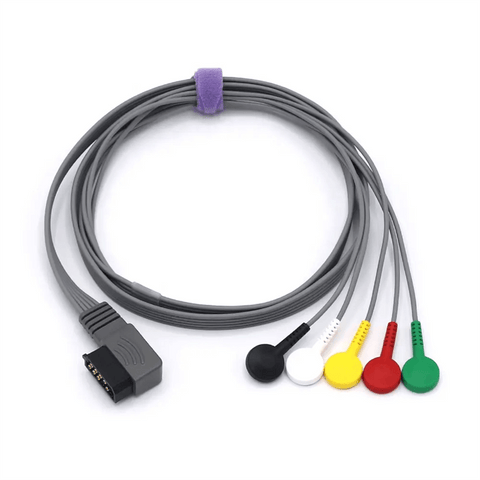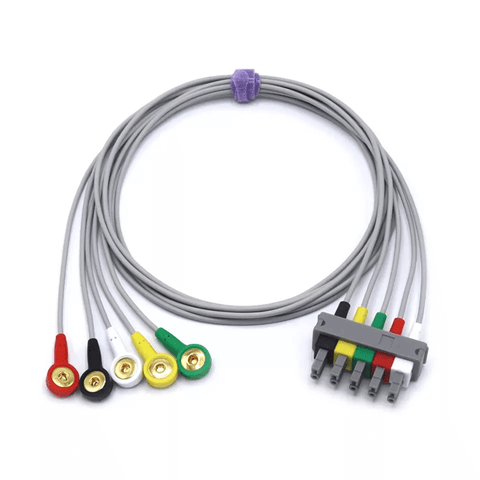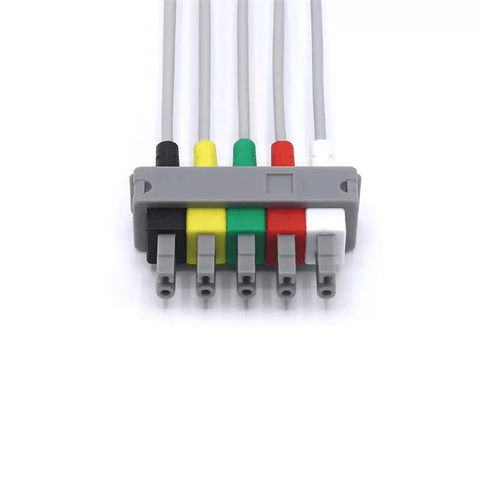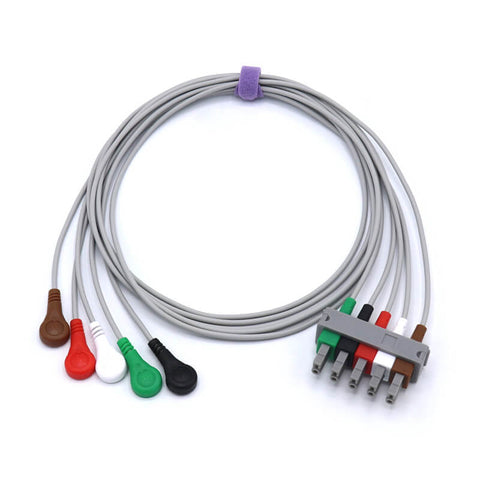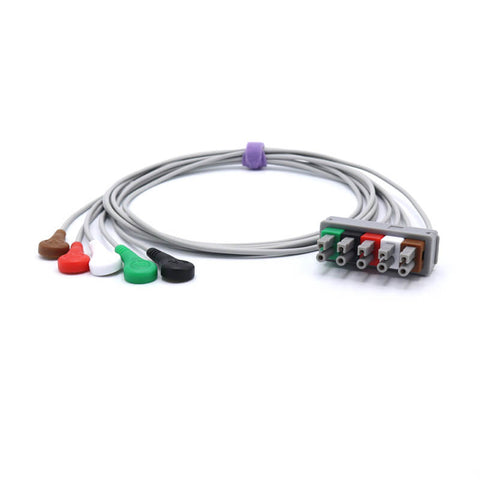What Device is Used to Measure Blood Oxygen?
The device used to measure the oxygen level in your blood is called a pulse oximeter. This small, non-invasive medical tool clips painlessly onto your finger, toe, or earlobe to provide instant readings of your oxygen saturation (SpO2) and heart rate, all without a needle or blood draw.
It's a common sight on hospital monitors and is also widely available for personal at-home use.

What Does a Pulse Oximeter Measure?
A pulse oximeter provides two key pieces of information:
-
Oxygen Saturation (SpO2): This is a percentage that indicates how much oxygen your red blood cells are carrying. A normal SpO2 level for a healthy individual is typically 95% or higher.
-
Pulse Rate: This is your heart rate, measured in beats per minute (BPM).
How Does a Pulse Oximeter Work? The Science Made Simple
The device works by shining two different wavelengths of light through your skin (usually on your fingertip).
-
Oxygenated vs. Deoxygenated Blood: Oxygen-rich blood (oxyhemoglobin) absorbs more infrared light and allows more red light to pass through. Oxygen-poor blood does the opposite.
-
The Sensor's Job: A sensor on the other side of the clip detects the amount of light that passes through.
-
The Calculation: The device's internal computer analyzes this light absorption data to calculate the proportion of oxygenated hemoglobin in your blood, giving you your SpO2 reading.
This entire process is painless, happens in seconds, and is incredibly efficient.
Who Uses a Pulse Oximeter and Why?
Pulse oximeters are vital for monitoring health in various settings:
-
In Hospitals & Clinics:
-
Monitor patients under anesthesia during surgery.
-
Assess patients with respiratory illnesses (like COPD, asthma, pneumonia, or COVID-19).
-
Check oxygen levels in emergency situations.
-
Evaluate the effectiveness of oxygen therapy or new lung medications.
-
-
For At-Home Monitoring:
-
Individuals with Chronic Conditions: People with COPD, heart failure, or sleep apnea may use one to track their condition daily.
-
Athletes: Pilots, climbers, or endurance athletes use them to monitor oxygen levels at high altitudes or during intense training.
-
General Wellness: Many people use them for peace of mind to check their recovery from an illness or to assess their overall health.
-
How to Get an Accurate Reading: 4 Pro Tips
For the most reliable result, follow these best practices:
-
Proper Placement: Clip the device onto a clean, warm finger. Remove any nail polish or artificial nails, as they can block light and skew results.
-
Stay Still: Minimize movement. Shaking or shivering can interfere with the device's ability to get a clear signal.
-
Rest First: Sit still and rest for at least 5 minutes before taking a measurement.
-
Check the Waveform: Many digital oximeters show a pulse bar or waveform. A strong, steady signal indicates a more reliable reading.
⚠️ Important Note on Limitations: Pulse oximeters are highly useful but have a margin of error (typically ±2%). Their accuracy can also be affected by poor circulation, skin pigmentation, and very bright ambient light. They are screening tools, not diagnostic devices. Always follow your doctor's guidance for interpretation.
Frequently Asked Questions (FAQ)
Q: What is a normal SpO2 level?
A: For most healthy people, a normal reading is between 95% and 100%. Values below 90% are considered low and should be discussed with a healthcare provider immediately.
Q: Can I buy a pulse oximeter for home use?
A: Yes. They are readily available online and at most pharmacies without a prescription. Look for models that are FDA-cleared or CE-marked for assured quality.
Q: Why would my doctor recommend I have one at home?
A: If you have a condition that affects your breathing or oxygen levels, your doctor may ask you to track your SpO2 to monitor your health status and adjust treatments accordingly.
Disclaimer: This information is for educational purposes only. Always seek the advice of your physician or other qualified health provider with any questions you may have regarding a medical condition or before using a new device.

